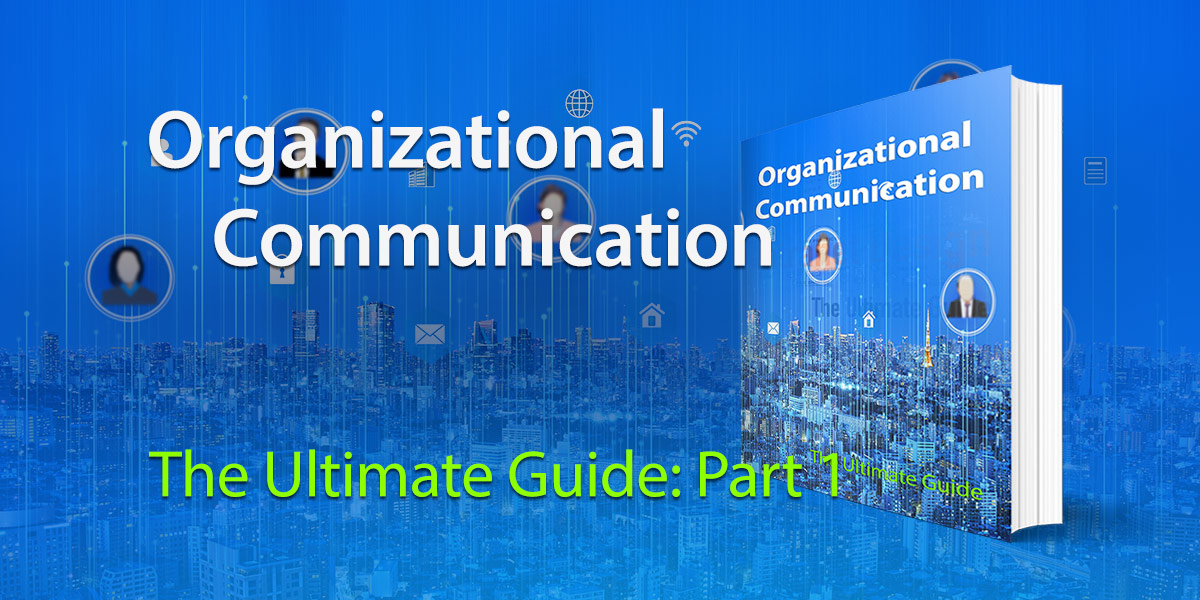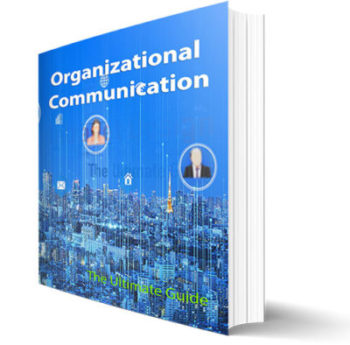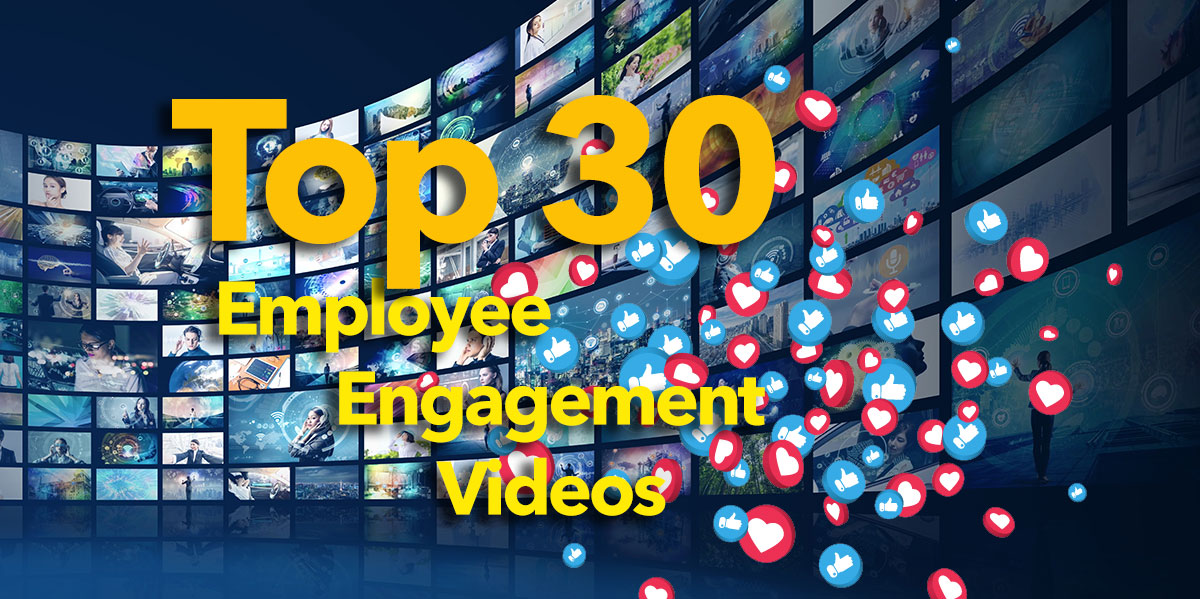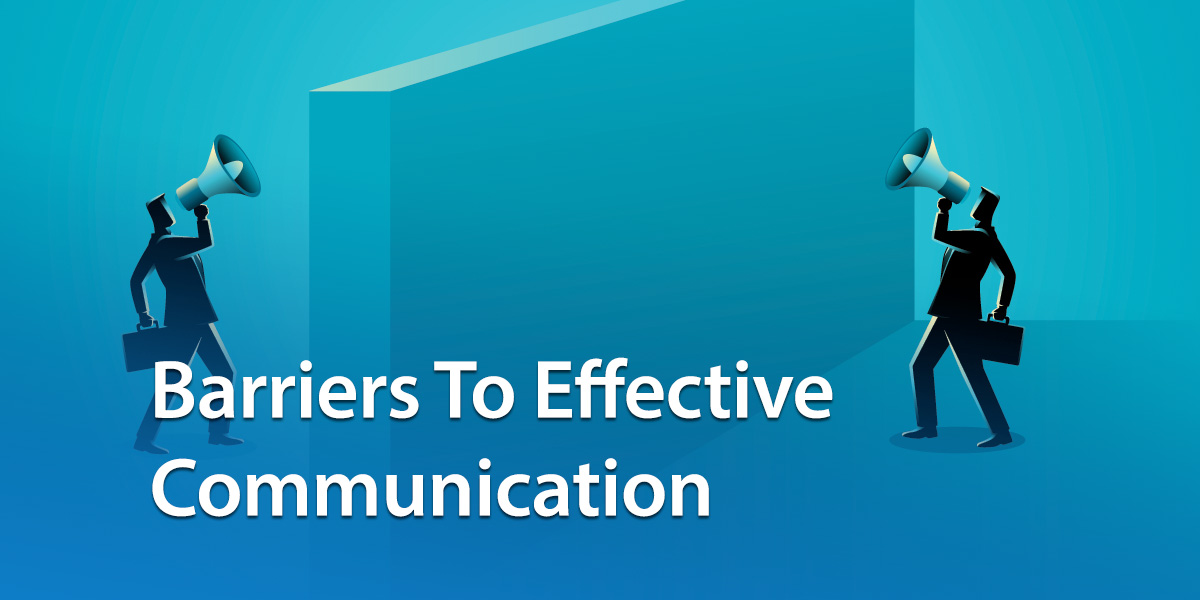Organizational communication used to be so simple. Back in the day, the whole workforce could comfortably fit in the board room for a meeting. And cross-team collaboration was easy when colleagues were just across the hall. Fast forward five years, and it’s a different story. As your business has grown and expanded, so have your struggles with organizational communications. Distributed teams, remote working, multiple communication channels, and a global pandemic have complicated organizational communications. What once was straightforward has now become challenging. Sounds familiar? Well, the good news is you are not alone. Businesses of all sizes are grappling with these same issues. This is part one of our three-part comprehensive guide to organizational communication; we help to simplify things once more. Using the latest best practice information, we explain what organizational communications look like in 2021. And what you need to do to make yours a success.
Who Should Read The Ultimate Guide To Organizational Communication
This practical guide is essential reading for anyone interested in organizational communication, including the following:
- Start-ups want to get their organizational communications off to the best possible start.
- SMEs with expanding employee numbers, working hybrid approaches in distributed teams.
- Larger corporates looking to ensure their organizational communications are in line with best practices.
What’s Included In This Guide
Topics covered in the guide include the following:
Definition
- Why they are important
- The benefits
- The cost of poor organizational communication
- Barriers to effectiveness
- Different types
- How to develop a plan
- Selecting the right communications channels
- How to measure the impact of your communications
All the best ultimate guides begin with a definition, so here’s our take on the meaning of organizational communication.
What Is Organizational Communication?
Organizational communication is a very broad term. And that’s one of the issues. Try googling ‘definition of organizational communication,’ and you will get many differing explanations. We prefer to keep it simple as follows: ‘Organizational communication covers any interaction between employees or managers and can be multi-directional and multimedia.’ They are the lifeblood of every business. Simply put, without organizational communication, it would be impossible to get anything done. Within the broad category of organizational communications are several sub-categories.
Formal And Informal Organizational Communication
Formal Communications
Sometimes called official communications, formal communications are how the business shares company-wide news and updates. It’s vital these important messages flow smoothly, accurately, and on time. We look in detail at the different types of organizational communications later in this ultimate guide. However, examples of formal communications include the following:
- Business updates
- Crisis communications
- Culture communications
- Change communications
- Information communications
Informal Communications
Often referred to as the grapevine, informal communications are those casual conversations and interactions between staff. Spontaneous and quick, informal communications are unofficial but are critical to supporting strong relationships, team morale, and camaraderie. Examples of informal communications include the following:
- Water cooler conversations
- Casual chats
- Phone conversations
Often included in this category are informal communications using official channels such as instant messaging apps or social intranets.
Directional Organizational Communication
Organizational communications take place on several levels as follows:
Downward Communications
These are top-down messages and so are usually formal communications. Managers are responsible for disseminating communications from executives down to all levels of the business.
Upward Communication
This is when staff get the opportunity to communicate directly with managers and executives. Examples include employee suggestion programs, staff surveys, and focus groups on specific initiatives or issues.
Horizontal Communications
Also called peer-to-peer communication, this type of organizational communication is between teams, groups, or individuals on the same level. Essential to cross-team collaboration, horizontal communication is often behind business innovation and ideation. As you can see, everyone has a role to play in organizational communications.
CEO And Board
Ultimately, the CEO and senior executives are responsible for ensuring effective organizational communications. This also involves identifying appropriate communication channels.
Managers And Team Leaders
Critical cogs in the communication wheel, managers are tasked with communicating up and down the company’s hierarchy.
All Employees
Every staff member has a responsibility to use their voice, provide feedback and collaborate with colleagues.
Importance Of Organizational Communication
Why is organizational communication so important? Well, it is the glue that binds the whole business together. Quite simply, organizational communication can make or break a company. And if you are in any doubt about the importance, these statistics make it crystal clear.
- According to Gartner, businesses with more informed employees outperform their peers by 77 percent.
- Research from McKinsey shows that productivity in organizations with connected employees improves by 25 percent.
- A study by ClearCompany suggests companies with effective communications are 50 percent more likely to have lower staff turnover.
- Holmes reports that the cost of poor communication to businesses is a whopping $37 billion.
Benefits Of Organizational Communication
What are the benefits of good organizational communication? Here we have identified the top eight, but there are a whole host more.
1. Employee Productivity
Effective organizational communications support employees’ job performance. From decision-making, information sharing, and ideation through to collaboration, good communications are critical.
2. Company Culture
Organizational communications help build a strong company culture, which provides purpose and meaning to employees’ work.
3. Cross-team Collaboration
Two heads are better than one. Organizational communication underpins joint working and supports innovation.
4. Knowledge Transfer
Information and internal knowledge flow more easily in companies with good organizational communications.
5. Employee Engagement
Respected commentators like Gallup have confirmed the connection between organizational communications and employee engagement. Employees with two-way communication lines are more engaged, motivated, and able to get the job done.
6. Staff Recruitment And Retention
Workers who feel informed, involved, and connected are more likely to stay longer with their employers. And organizations with reputations for being strong communicators find it easier to attract and recruit the best talent.
7. Improved Customer Satisfaction
Better organizational communications positively influence the employee experience. It naturally follows that happier, more motivated workers deliver superior customer service, which in turn impacts customer loyalty.
8. Increased Revenue
For most businesses, this is the icing on the cake. Improved staff retention, productivity, and customer satisfaction add up to make a significant difference to the bottom line. According to Gallup, this means a 20 percent increase in sales, 17 percent increase in productivity and 10 percent increase in customer satisfaction! Impressive, right?
What’s Next
In part two of this guide, we’ll cover the cost of poor organizational communication, the types of barriers encountered, how to develop an organizational communications plan, and the different types of communications. MyHub’s cloud intranets support organizational communications in businesses worldwide in a wide variety of industries. Designed by the experts with the non-expert in mind, our super-easy intranet solutions can transform organizational communications in your business. Find out more with a free demo or no-obligation trial.


 Definition
Definition








0 Comments